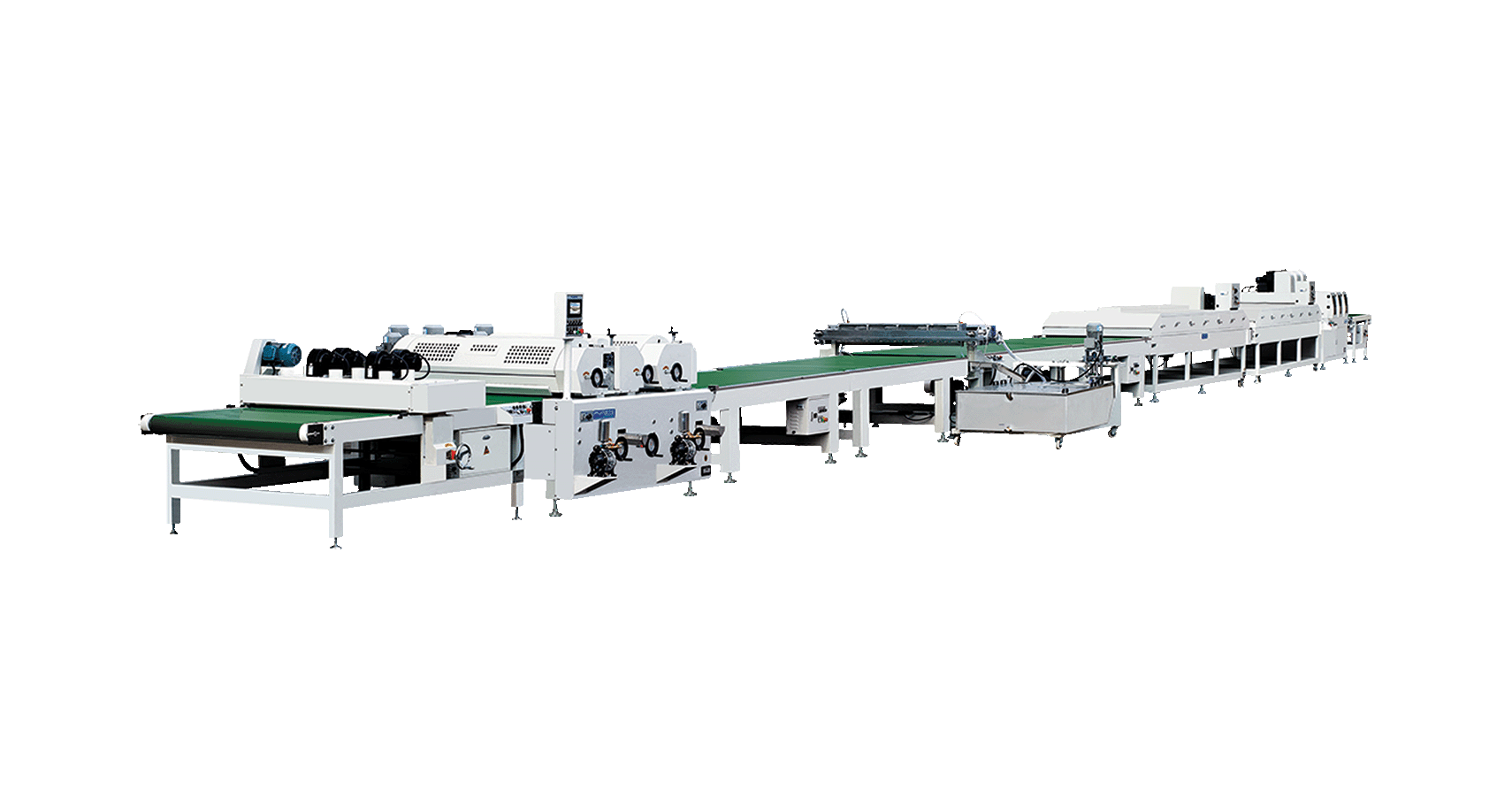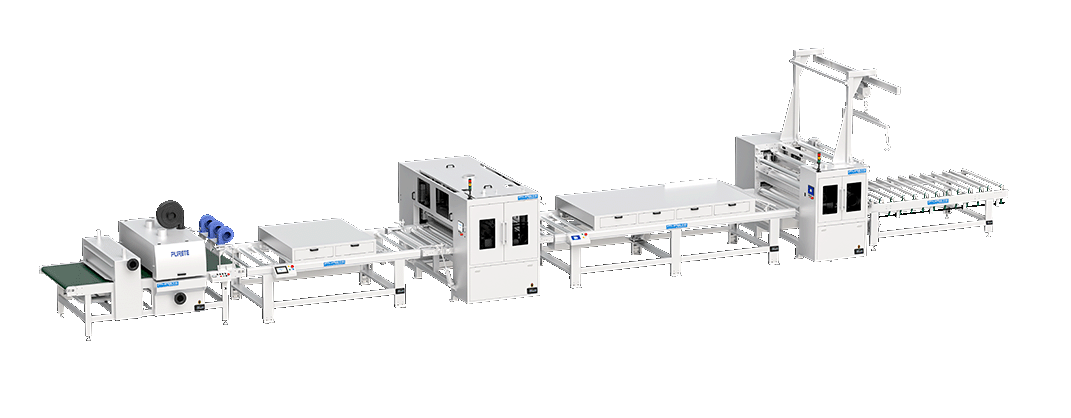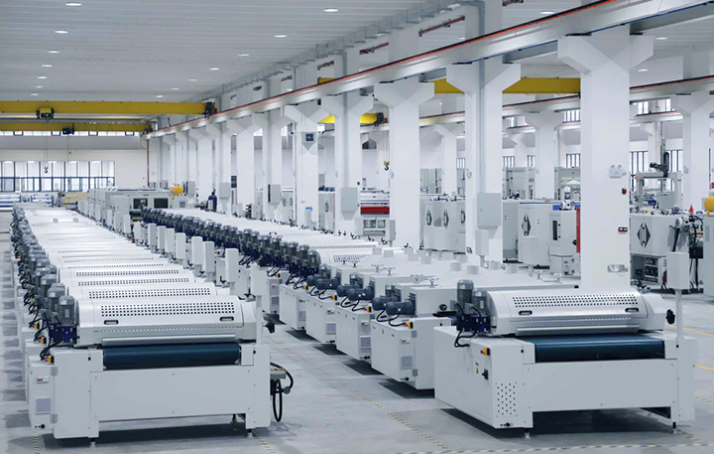Application and Future Development of Excimer Technology in Soft-Touch Coatings
 May 07, 2025
May 07, 2025 Hits:10second
Hits:10secondIn the ever-evolving world of surface finishing technologies, Excimer technology has emerged as a revolutionary approach for creating high-quality, durable, and aesthetically pleasing soft-touch coatings. Widely used in industries ranging from automotive and consumer electronics to luxury packaging, Excimer technology offers unique capabilities that enhance both the appearance and functionality of coated surfaces. This article explores the application of Excimer technology in soft-touch coatings and provides insights into its future development.
What is Excimer Technology?
Excimer technology refers to the use of Excimer ultraviolet (UV) light to cure coatings, which are typically applied to substrates such as plastics, metals, or glass. Excimer light is emitted by excited dimer molecules, typically a noble gas like xenon or krypton, that release UV light at short wavelengths, usually around 172 nm. The unique property of this light is its ability to cure only the top layer of the coating, which results in a micro-textured, ultra-matte surface.
The Excimer curing process differs significantly from traditional UV curing, where the UV light penetrates deeper into the coating layers. Instead, Excimer technology offers a rapid and targeted curing mechanism that creates a soft, velvety finish with enhanced durability, scratch resistance, and anti-fingerprint properties.
Application of Excimer Technology in Soft-Touch Coatings
1. Ultra-Matte Finish and Tactile Appeal
One of the most compelling features of soft-touch coatings enabled by Excimer technology is their ability to achieve an extremely low gloss and a velvety soft feel. In industries such as automotive and consumer electronics, these tactile properties are highly sought after as they offer a premium user experience. Surfaces treated with Excimer-curing technology are not only visually appealing but also provide a smooth, skin-like texture that enhances the sensory interaction with the product.
By using Excimer UV light to cure the coating’s surface layer, manufacturers can achieve an ultra-matte effect without using traditional matting agents that often compromise the coating's mechanical properties. This unique curing process scatters light in such a way that it minimizes reflections, creating a non-reflective, luxurious appearance.
2. Durability and Scratch Resistance
Despite its soft-touch appeal, coatings cured by Excimer technology are highly durable and resistant to scratches, abrasions, and wear. The surface is cross-linked to form a dense, tough polymer network that protects the underlying substrate from daily wear and tear. This characteristic makes Excimer-based soft-touch coatings ideal for use in automotive interiors, consumer electronics, and furniture where the coated surfaces are exposed to frequent handling and potential damage.
The rapid curing process ensures that the coating remains robust while maintaining its tactile and aesthetic qualities, offering long-lasting protection against surface degradation.
3. Anti-Fingerprint and Easy-to-Clean Properties
Soft-touch coatings are often applied to surfaces that are prone to fingerprints, smudges, and dirt. With Excimer technology, the resulting surface has a low surface energy, which prevents fingerprints and stains from adhering. This not only enhances the appearance of the product but also makes it easier to clean and maintain.
For example, in consumer electronics such as smartphones, laptops, and touch panels, soft-touch coatings treated with Excimer technology provide high resistance to smudging, ensuring that devices maintain a pristine look throughout their lifespan.
4. Eco-Friendly and Sustainable Manufacturing
Excimer technology contributes to environmentally friendly manufacturing processes. The coatings used in this technology are typically solvent-free and 100% solids, meaning that they emit zero volatile organic compounds (VOCs) during application. This makes the process compliant with stringent environmental regulations and reduces the overall carbon footprint of manufacturing operations.
Furthermore, the efficient curing process requires less energy compared to traditional thermal curing, contributing to lower operational costs and reducing energy consumption in the production facility.
Future Development of Excimer Technology in Soft-Touch Coatings
As the demand for innovative and sustainable surface finishing solutions grows, the future development of Excimer technology in soft-touch coatings promises several exciting advancements.
1. Enhanced Customization and Control
Future developments in Excimer technology will likely include more advanced customization options for surface characteristics. Manufacturers are expected to achieve even finer control over the texture, gloss levels, and color stability of the coating. With the growing importance of personalization in consumer products, there will be a shift toward more flexible and adaptable coating systems that can cater to specific design requirements.
Advancements in automated control systems will allow manufacturers to fine-tune the curing process, adjusting parameters such as light intensity, exposure time, and atmosphere (nitrogen or oxygen), which will result in more precise surface finishes.
2. Integration with Smart Manufacturing and Industry 4.0
The future of Excimer technology in soft-touch coatings will also be closely tied to the broader shift toward Industry 4.0 and smart manufacturing. The integration of IoT (Internet of Things) sensors, machine learning algorithms, and AI-based predictive maintenance systems will enhance the monitoring and optimization of the coating process.
These technologies will allow manufacturers to gather real-time data on coating performance, identify potential issues early in the process, and adjust parameters on-the-fly to ensure optimal coating results. By integrating data analytics with Excimer curing systems, manufacturers will be able to increase efficiency, reduce waste, and further improve the consistency and quality of the soft-touch coatings.
3. Wider Substrate Compatibility
As the market for soft-touch coatings expands, there will be a growing demand for Excimer technology to be compatible with an even wider range of substrates. Research and development will likely focus on making Excimer-curing coatings suitable for new materials, including biodegradable plastics, composites, and eco-friendly alternatives.
This would allow industries such as packaging, furniture, and textiles to adopt Excimer-based soft-touch coatings, promoting sustainability and eco-friendly product development.
4. Further Environmental Advancements
The future of Excimer technology will also focus on reducing the environmental impact of the coating process. Efforts will be made to develop even greener coating formulations that are biodegradable, non-toxic, and easily recyclable. Advances in curing technology will likely further reduce the carbon footprint and waste associated with coating applications, making it an even more attractive option for sustainable manufacturing practices.
Conclusion
Excimer technology has proven to be a game-changer in the world of soft-touch coatings, offering unparalleled tactile properties, durability, and eco-friendly benefits. Its ability to provide an ultra-matte finish with a luxurious feel, while maintaining resistance to scratches, smudges, and wear, makes it highly attractive to industries ranging from automotive to electronics and packaging.
As this technology continues to evolve, we can expect further improvements in customization, compatibility with new substrates, and enhanced environmental sustainability. With these advancements, Excimer-based soft-touch coatings are poised to become an essential component of high-quality, sustainable products in the years to come.














